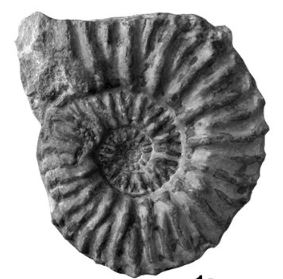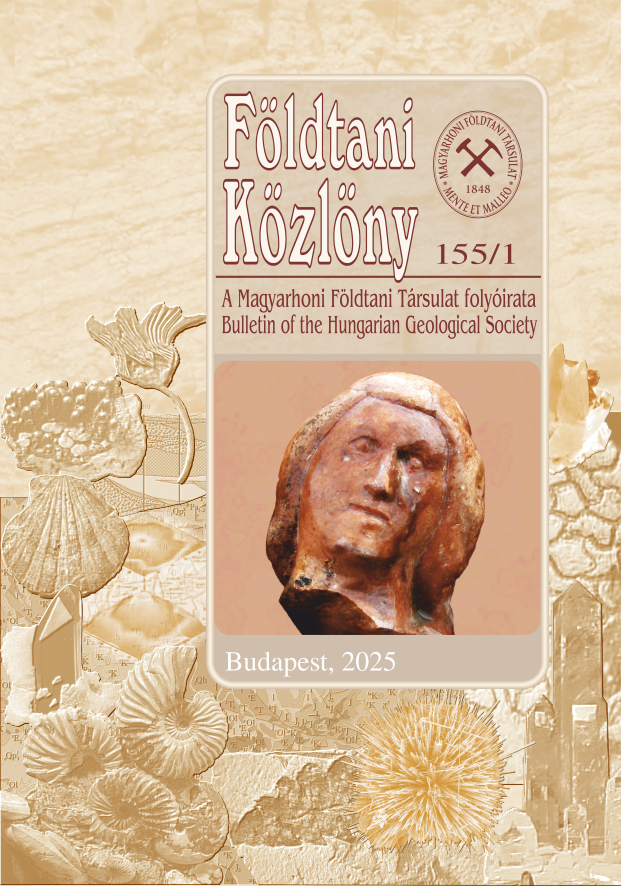New data to the Middle Triassic stratigraphy of the Balaton Highland (Hungary)
Abstract
K. TAMÁS and his wife G. FÖLDVÁRI, spent decades fossil hunting in the Balaton Highland region and in the process gathered a large collection of Triassic ammonoids; these are now housed in Kővágóörs (Veszprém county). The most beautiful examples from this collection warrant a publication devoted solely to themselves. On the other hand, some of the ammonoids, especially those from Szentkirályszabadja and Szentbékkálla, are also worth careful examination due to their considerable scientific (mainly palaeontological and stratigraphical) importance.
This paper presents short reports and illustrations of eleven ammonoid specimens, selected according to the above points of view. Besides the palaeontological data, the new collecting work and other field observations brought new stratigraphical results. The poor exposures in the Szentbékkálla vineyards, along with the earlier results of geological mapping and new ammonoid findings, provide evidence showing a continuous series of Anisian to Ladinian formations of basin facies. They represent the most westward lying occurrences of these formations in the Balaton Highland. The geological cross-section drawn between Farkas Hill and Kelemen Cliff reveals the south-eastward dipping series of the Megyehegy Formation, the Felsőörs Formation, the Vászoly Formation (Anisian), and both members (Nemesvámos and Keresztfatető Members) of the Buchenstein Formation (Ladinian). This complex of formations forms the NW limb of a local syncline which strikes parallel with the Litér overthrust, on the northern side of this major tectonic line. The newly collected ammonoids (Kellnerites cf. bosnensis, N. gen. aff. Kellnerites bagolinensis, Reitziites reitzi, R. cholnokyi, Latemarites latemarensis) complete ”missing parts” of the biostratigraphical units known previously in the Szentbékkálla locality and thus prove conclusively all four subzones (Felsoeoersensis, Liepoldti, Reitzi, Avisianum) of the Reitzi Zone. Several pieces of the Proarcestes sp. found in the scree of Nemesvámos Limestone (Buchenstein Formation) hint at the presence of the Ladinian Curionii Zone.
The previously described section of Szentkirályszabadja was completed upsection with two fossiliferous layers, revealed by new excavations and fossil collections. The newly exposed beds — like the deeper, major part of the section — represent an unusual (partly dolomitic, less siliceous) facies of the Vászoly Formation. The uppermost (No. –2) bed yielded a specimen of Ticinites cf. crassus, thus proving the Crassus Subzone of the Secedensis Zone, whereas the other specimen figured here (Nevadites sp.) underscores the presence of the Secedensis Zone in the Szentkirályszabadja section.












